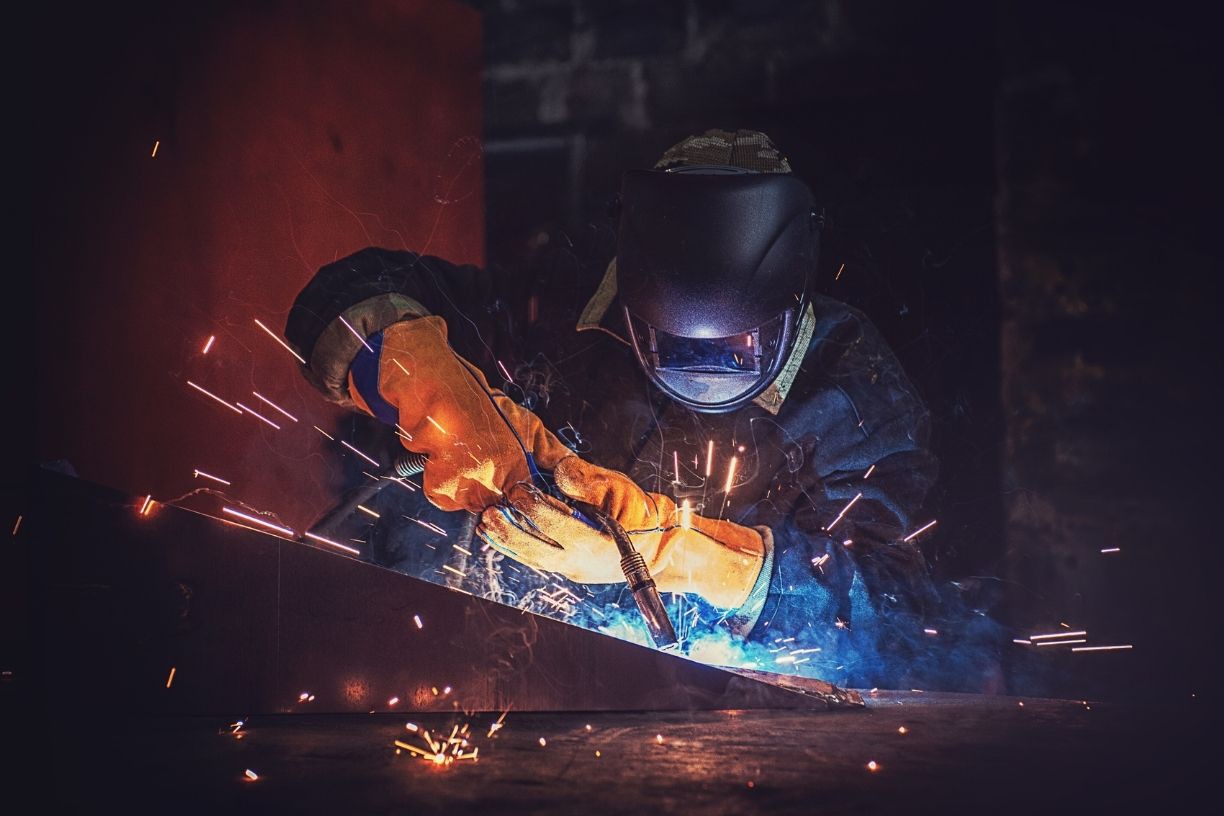In metalwork, you’ll notice that sanitary welding is a practice generally found in the food, drug, and dairy industries. This practice heavily involves making food-grade welding and metal for tools used in the consumable industries. When working in one of these industries, you’ll see that sanitary welding is the most critical process of all systems used. The process is the most vital to providing the public with safe foods and procedures and keeping the company’s integrity. Here are the top mistakes to avoid in sanitary welding.
Welding Different Materials Together
This mistake is costly, as it can lead to persistent problems such as corrosion of couplings, contaminated food from erosion, and cracked metal from different thermal capacities. This problem is typically found in the layout stage for food-grade equipment. Welders can avoid this mistake by learning how to weld correctly from the manufacturer. A second option is to make sure that all internal engineers and safety teams are aware of the safety practices and standards in the industry.
Not Removing Burrs and Sharps
For other industries, it’s considered acceptable to leave burrs and sharps on metal objects so long as they’re minuscule. However, if sharps or burrs are found in any equipment that produces consumable items, it can lead to problems. To remove any sharps or burrs, sand down or electropolish the metal to smooth it out.
Placing Too Much Stress on Areas
In any weld, pressure needs to be avoided. Reducing stress and pressure helps protect the steel’s oxide layer, as it can lead to dangerous consequences if it’s ripped off. If you want to avoid this problem, relieve some pressure from the system, as too much pressure can cause stress cracks and corrosion to occur.
Putting Only Bolts on Framework
Welders need to know that only putting bolts on a structure won’t do much, as you need to use other things such as pipes and various metal parts to help keep the frame together. It’s also essential to ensure that all areas of the surface are smooth. Any dents or holes can increase the RA in a metal’s surface. When using screw threads, make sure to seal them off. Once sealed, the framework is easy to connect and disconnect for repairs or cleaning.
Only Using Corners on Welds
You must make radiused circles and angles. Welding holes should never be placed in corners; they should only lay on the surface. This is a rule because the corners become a breeding ground for bacteria. This can lead a company into much trouble if holes aren’t created correctly.
The top mistakes to avoid in sanitary welding consist of errors commonly done by those just starting out in the field. You can avoid these welding mistakes through the practice of welding holes correctly and not applying too much pressure.










